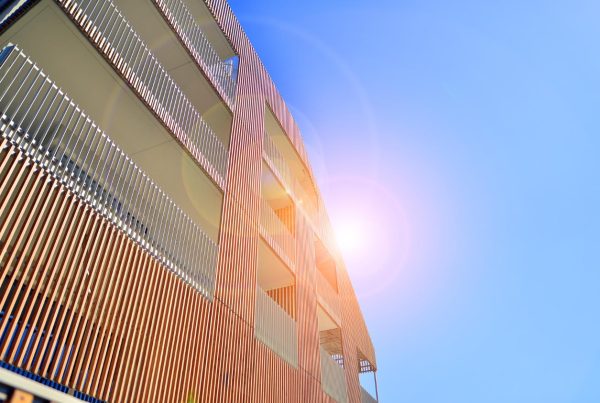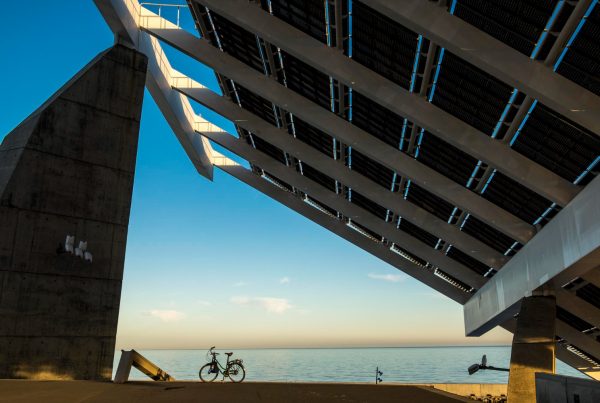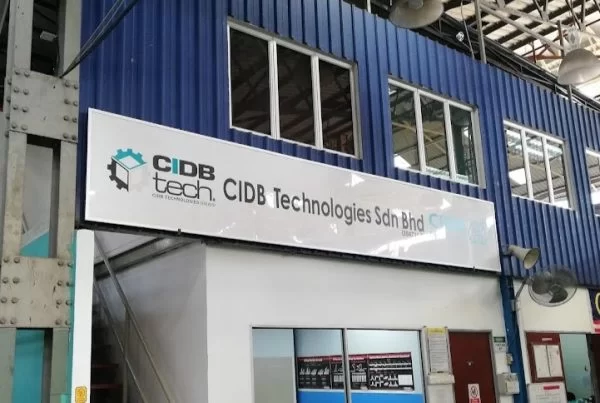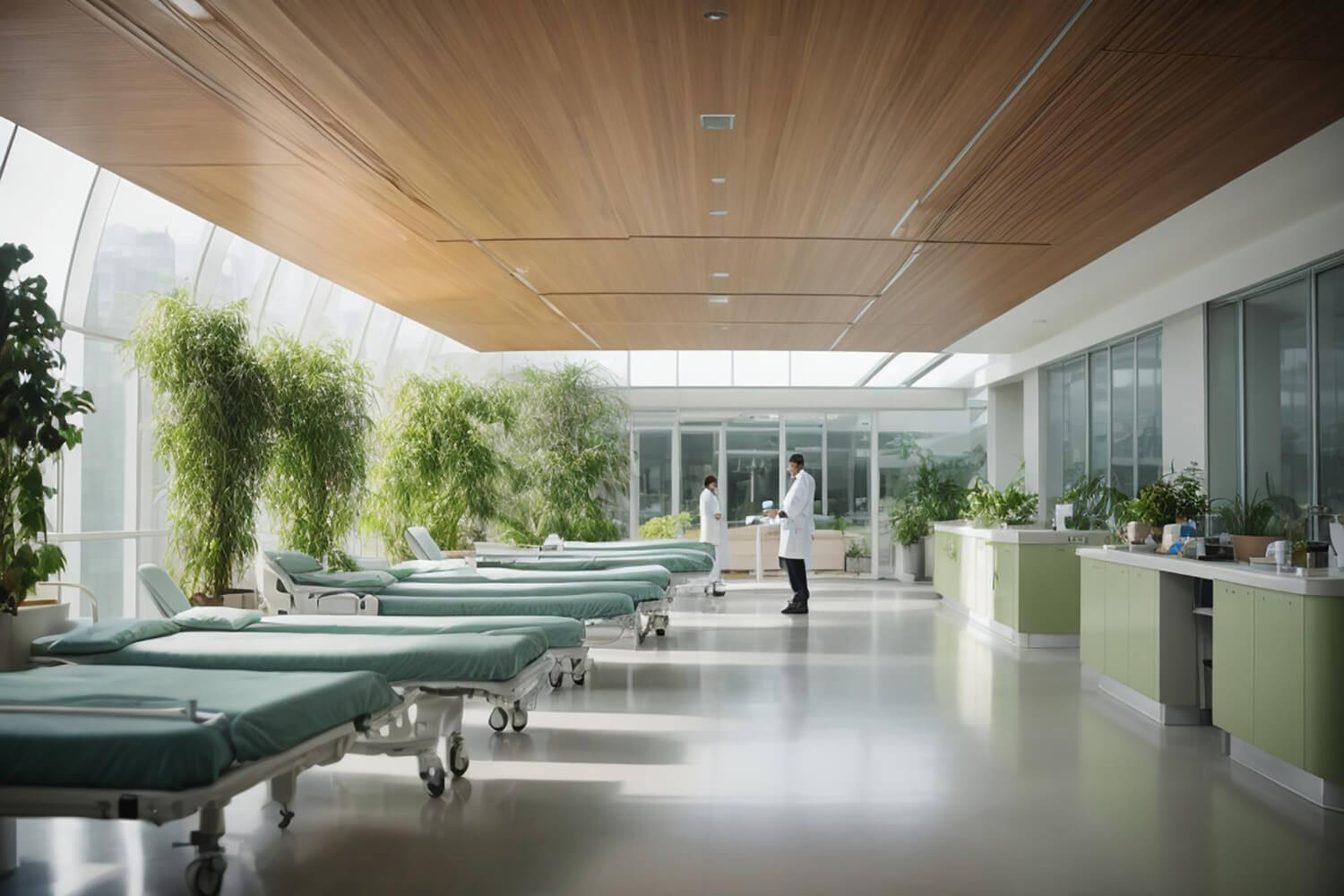
Healthcare facilities in Malaysia have significantly transformed over the decades. From humble beginnings characterised by simplicity to today’s cutting-edge smart hospitals, this journey reflects the nation’s economic, technological, and social progress. During the International Construction Week (ICW) and BuildXpo 2024, Ir. Ts. Dr Yahaya Hassan, the managing director of HTS Engineering, presented the evolution of healthcare facility services, encapsulating the rapid changes influenced by AI and sustainability practices.
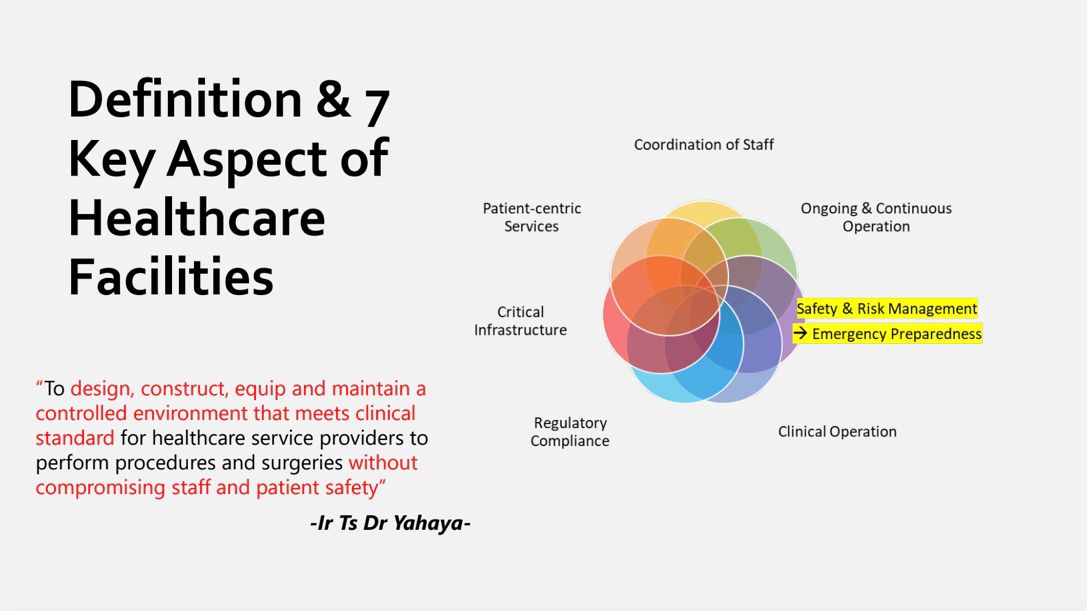
- Pre-Independence Era: Due to limited resources and technology, hospital infrastructure was simple and heavily reliant on natural ventilation and other basic designs in the pre-independence period. Hospitals were primarily designed to meet immediate health needs without advanced facilities.
- Post-Independence Development: Following independence in 1957, Malaysia began expanding its public healthcare system. Hospitals adopted backup systems and incorporated early forms of medical equipment. This period also saw the establishment of major public hospitals, marking a shift toward a structured healthcare system.
- Modernisation: The modern era introduced smart hospital designs driven by advanced technologies such as Building Information Modeling (BIM), Building Automation Systems (BAS), and Building Management Systems (BMS). These innovations enhanced efficiency, sustainability, and patient care standards.
“To design, construct, equip, and maintain a controlled environment that meets clinical standards without compromising staff and patient safety remains our core mission,” says Ir. Ts. Dr. Yahaya bin Hassan, Managing Director of HTS Engineering.
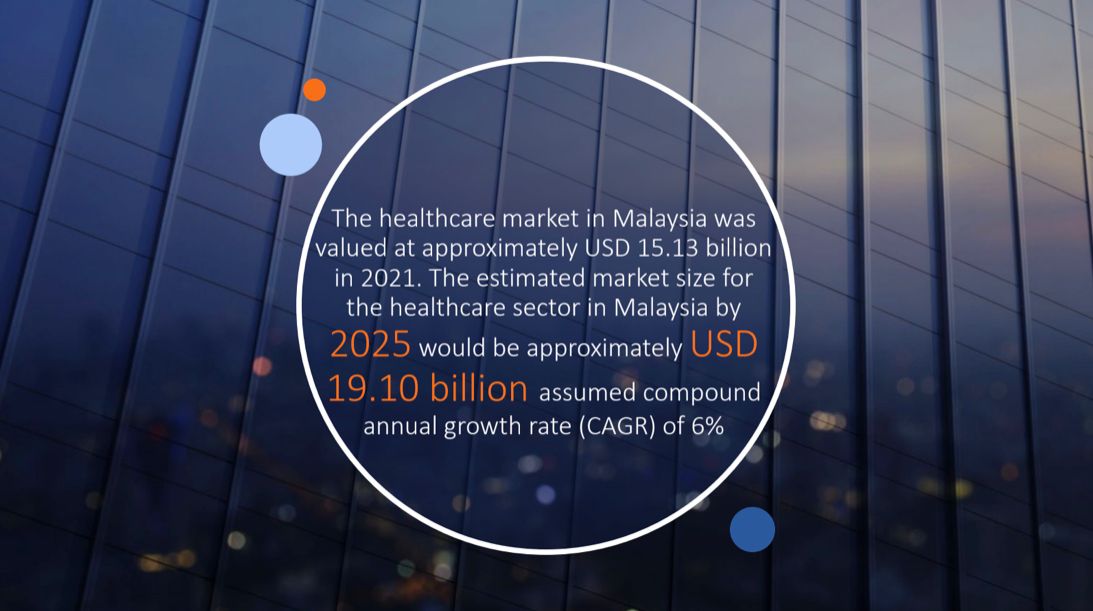
The evolution of healthcare facilities in Malaysia is a testament to the nation’s commitment to providing quality healthcare for its citizens. This transformation lays the foundation for future innovations in the sector.
Healthcare Facilities Series:
The Blueprint for Future Healthcare







